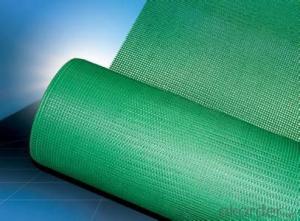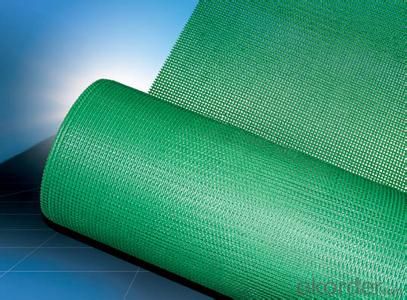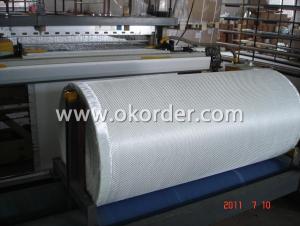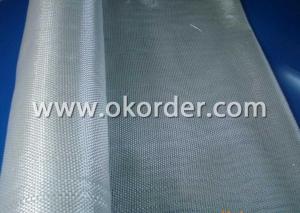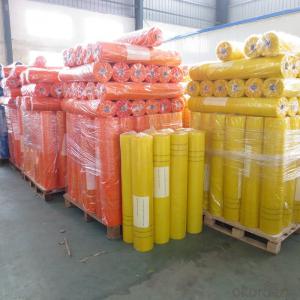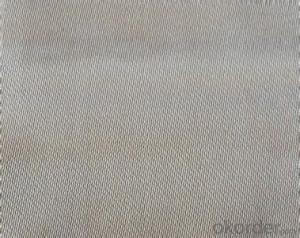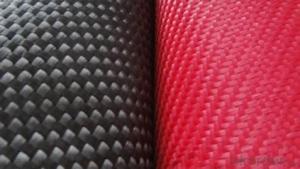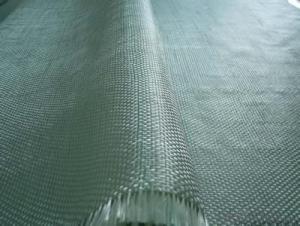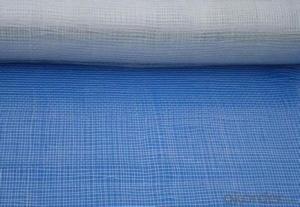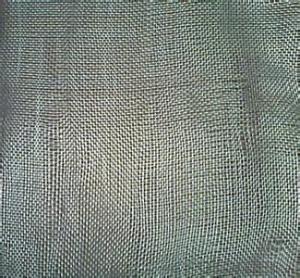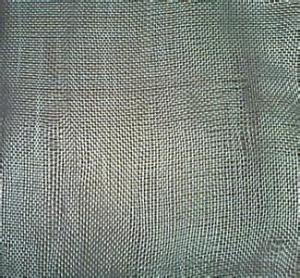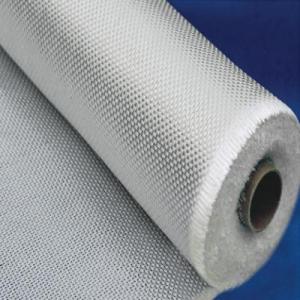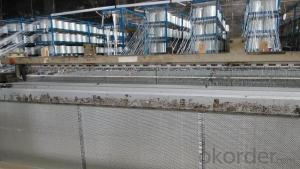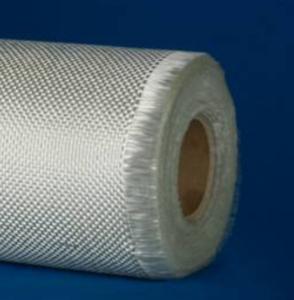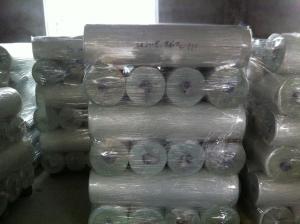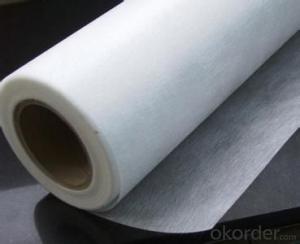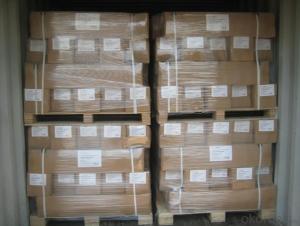High Temperature Silica Cloth Fiberglass Reinforcing Fabric
- Loading Port:
- China Main Port
- Payment Terms:
- TT OR LC
- Min Order Qty:
- -
- Supply Capability:
- -
OKorder Service Pledge
Quality Product, Order Online Tracking, Timely Delivery
OKorder Financial Service
Credit Rating, Credit Services, Credit Purchasing
You Might Also Like
Quick Details
| Place of Origin: | Model Number: | Weight: | |||
| Width: | Length: | Thickness: | |||
| Density: | Use: | Style: | |||
| Feature: | Supply Type: | Yarn Count: | |||
| Material: |
Packaging & Delivery
| Packaging Detail: | we packed 100m as one roll, one roll packed with box |
| Delivery Detail: | 3 days after get the deposit |
Specifications
high silica glass fiber cloth
1,300-1200g/m2
2,plain & Twill Woven
3,E-Glass
4,1000-2000mm
- Q: How does fiberglass fabric compare to carbon fiber fabric?
- Fiberglass fabric and carbon fiber fabric differ in terms of their strength, weight, and cost. While fiberglass fabric is generally less expensive, it is also heavier and not as strong as carbon fiber fabric. Carbon fiber fabric, on the other hand, is lighter and stronger, making it a preferred choice for applications requiring high performance and durability. However, the higher cost of carbon fiber fabric can limit its use in certain industries. Ultimately, the choice between the two depends on the specific requirements and budget of the project at hand.
- Q: The thickness of the stone concrete protection layer on the waterproof layer shall not be less than mm.
- Fine stone concrete roofing waterproof layer on the protective layer thickness of not less than 40mm, the basement of fine stone concrete roof waterproofing layer on the protective layer thickness of not less than 70mm, the fine stone concrete basement floor of the protective layer thickness should be greater than 50mm.
- Q: Can fiberglass fabric be used for making tents?
- Yes, fiberglass fabric can be used for making tents. Fiberglass fabric is a popular choice for tent construction due to its durability, strength, and resistance to wear and tear. It is lightweight, yet provides excellent protection against elements such as wind, rain, and UV rays. The fiberglass fabric is also fire-resistant and can maintain its structural integrity in extreme temperatures. Additionally, it is easy to handle and can be easily sewn or welded to create tent panels. With all these qualities, fiberglass fabric is a reliable material for making high-quality, long-lasting tents.
- Q: The pipe is too hot. What's the protection?
- Hot water pipes can be added to the outer wall insulation cotton protection.
- Q: What does "PCB" mean?
- We can't transmit electrical signals just as insulation plates, so we need to cover the surface with copper. So we call the PCB board a copper clad substrate. In the factory, the common copper substrate in this code is FR-4, each card manufacturers which in general there is no difference, so we can think of everyone at the same starting line, of course, if it is best to use high frequency board, copper clad PTFE glass cloth laminate high cost. The process of copper is very simple, generally can be made by rolling and electrolytic solution, the so-called rolling is Gao Chundu (>99.98%) of the copper rolling method on the PCB substrate, because the adhesive has excellent epoxy resin and copper foil, copper foil adhesive strength and high working temperature, can be no bubble dip in the molten tin is 260 DEG C in. This process is like rolling dumpling wrappers, but the dumpling wrappers are thin and thin. The thinnest is less than 1mil (industrial unit: mil, 1/1000 inches, equivalent to 0.0254mm)! If the dumpling wrappers are so thin, the pot must leak! The so-called electrolytic copper in junior high school chemistry has learned, CuSo4 electrolyte can continuously manufacture a layer of "copper foil", this is more easy to control the thickness, the longer the copper foil the more thick! Usually the factory has strict requirements on the thickness of copper foil, usually between 0.3mil and 3mil, and has a dedicated copper foil thickness tester to test its quality. Like old radios and amateur PCB, copper is especially heavy, and the quality of the factory is far worse than the computer board.
- Q: What are the potential health risks associated with handling fiberglass fabric?
- Potential health risks associated with handling fiberglass fabric include skin irritation, respiratory issues, and eye irritation. Fiberglass fibers can cause itching, redness, and rashes on the skin. When inhaled, these microscopic fibers can irritate the respiratory system, leading to coughing, wheezing, and shortness of breath. Additionally, direct contact with the eyes can cause redness, watering, and discomfort. It is important to wear appropriate protective clothing, such as gloves and masks, and to handle fiberglass fabric in well-ventilated areas to minimize these health risks.
- Q: Is fiberglass fabric suitable for making tents and awnings?
- Yes, fiberglass fabric is suitable for making tents and awnings. It is lightweight, durable, and offers excellent resistance to extreme weather conditions such as rain, wind, and UV rays. Additionally, fiberglass fabric is known for its strong tensile strength and fire resistance, making it a reliable choice for outdoor applications.
- Q: Are fiberglass fabrics resistant to chemicals?
- Fiberglass fabrics are known for their general resistance to chemicals. They are composed of fine glass fibers woven together to create a fabric. These fibers exhibit exceptional resistance to a wide range of chemicals, including acids, bases, solvents, and oils. As a result, fiberglass fabrics are well-suited for applications in industries such as industrial equipment, chemical processing plants, and automotive parts, where exposure to chemicals is common. However, it should be noted that the level of chemical resistance may vary depending on the specific type of fiberglass fabric and the concentration and duration of exposure to the chemicals. Consequently, it is always recommended to consult the manufacturer or supplier for precise information regarding the chemical compatibility and resistance of fiberglass fabrics.
- Q: How does fiberglass fabric handle moisture and humidity?
- Fiberglass fabric is highly resistant to moisture and humidity due to its inherent properties. Unlike natural fibers such as cotton or wool, fiberglass is hydrophobic, meaning it repels water and does not readily absorb moisture. This feature allows the fabric to resist mold and mildew growth, making it suitable for use in humid environments. Furthermore, fiberglass fabric does not retain moisture, which prevents it from becoming heavy or sagging when exposed to water or high humidity. This characteristic is especially beneficial in applications where the fabric needs to maintain its strength and shape despite moisture exposure. Additionally, fiberglass fabric is known for its dimensional stability, meaning it does not significantly expand or contract when subjected to changes in humidity levels. This stability ensures that the fabric retains its original shape and size under varying moisture conditions, making it a reliable choice for applications that require consistent performance. Overall, fiberglass fabric's resistance to moisture and humidity makes it a durable and reliable material for a wide range of applications, including boat covers, outdoor furniture, and industrial insulation.
- Q: Can fiberglass fabric be used for insulation blankets?
- Indeed, insulation blankets can make use of fiberglass fabric as it possesses exceptional thermal insulation properties, rendering it a favored option for insulation applications. Its lightweight nature, flexibility, and ease of molding into desired shapes further contribute to its popularity. Furthermore, fiberglass fabric exhibits resistance to high temperatures, chemicals, and moisture, thereby making it suitable for deployment across diverse industrial, commercial, and residential settings. Its non-combustible nature and low thermal conductivity not only enable it to effectively trap heat but also prevent energy dissipation. Consequently, fiberglass fabric emerges as an appropriate material for insulation blankets, delivering thermal insulation and bolstered energy efficiency.
Send your message to us
High Temperature Silica Cloth Fiberglass Reinforcing Fabric
- Loading Port:
- China Main Port
- Payment Terms:
- TT OR LC
- Min Order Qty:
- -
- Supply Capability:
- -
OKorder Service Pledge
Quality Product, Order Online Tracking, Timely Delivery
OKorder Financial Service
Credit Rating, Credit Services, Credit Purchasing
Similar products
Hot products
Hot Searches
Related keywords
